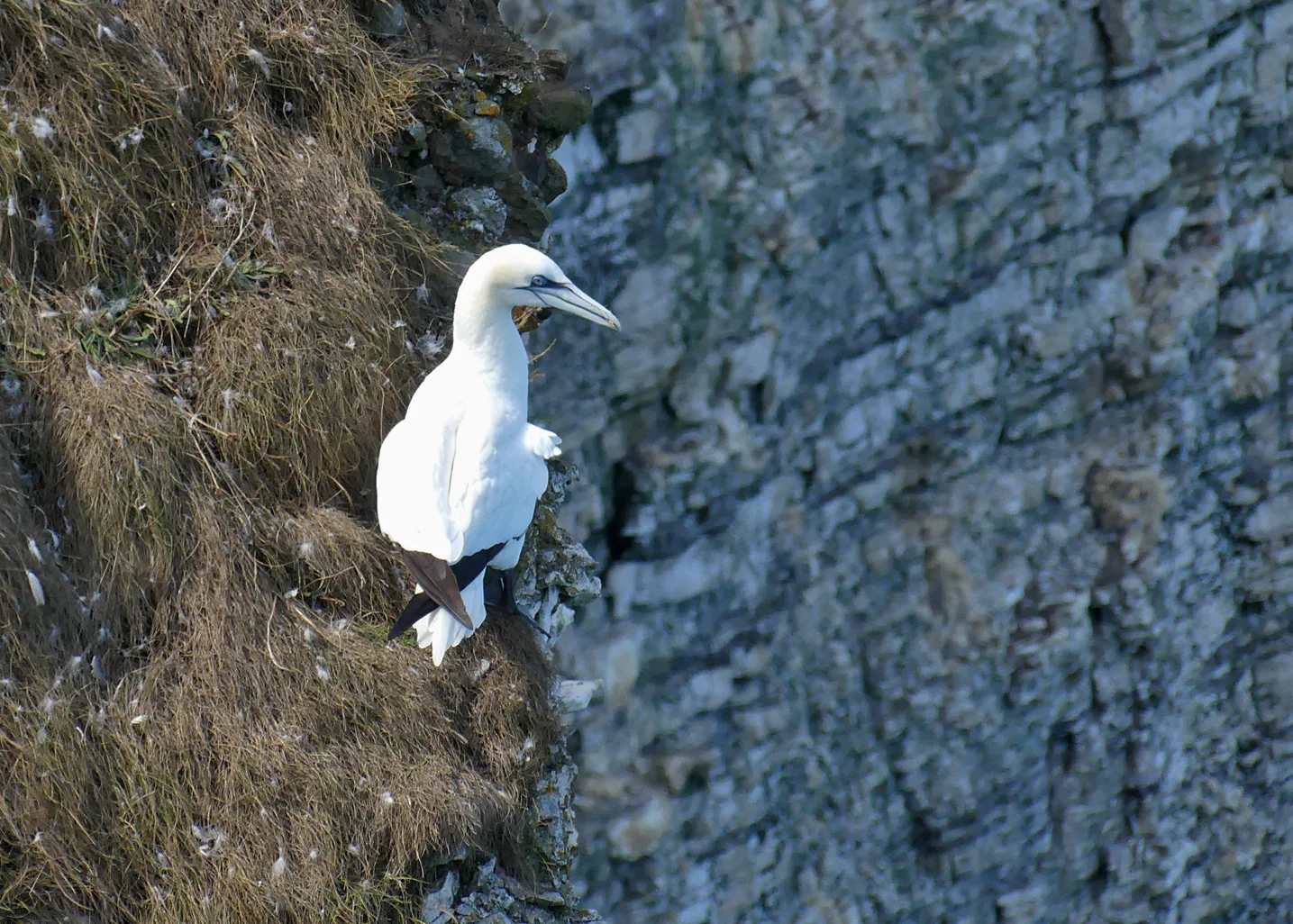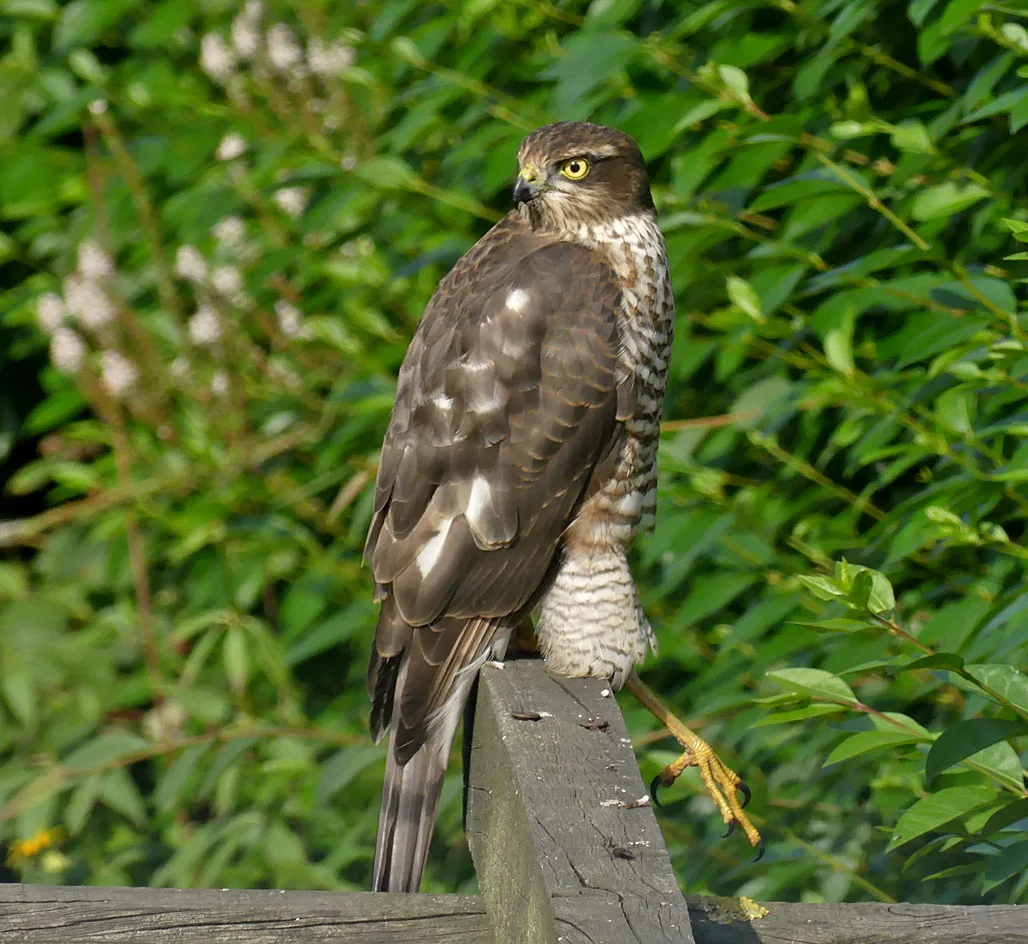Friday 31st August 2018
/My best sighting of the last week of August was a fine adult Black-tailed Godwit feeding on Pulias Pond on my birthday! Despite it looking ideal for waders, this little saltwater pond does very poorly and apart from the regularly-wintering Redshank, most times you look there isn’t any waders at all. It must be the constant traffic of people and their dogs wandering past along the top of the bank. Apparently it used to be brilliant and would always have waders on it but those days are long gone. The godwit was a new species for the patch list even though I have seen plenty either side of the patch, this was the first I’ve seen within the boundaries. Wheatears and Willow Warblers were seen indicating passerine migration was well under way.
Black-tailed Godwit - Pulias, 23 Aug 18
Black-tailed Godwit - Pulias, 23 Aug 18
Black-tailed Godwit - Pulias, 23 Aug 18
The next morning I tried my first seawatch of the autumn and, although there was nothing surprising, it was nice to notch up the first Bonxies and Arctic Skuas of the year. A quiet month for birding ended with the first returning Water Rail at Pulias on 28th. I trapped a new species of moth in the garden on 26th - Pandemis cerasana or Barred Fruit-tree Tortrix, not the most exciting of specimens.
I then flew off for a quick trip to Yorkshire to visit the family. My parents have now vacated Leeds after living there for 70 years and have moved closer to the coast in East Yorkshire (very good of them to consider my birding when I come visiting). It wasn’t really a birding trip - especially as there was very little birds about - but I managed a quick visit to both Filey and Flamborough. There were no rare birds along the coast during my few days there, and I just saw the odd migrant like Whinchat and Yellow Wagtails. We paid a visit to Bempton, somewhere I haven’t been for a couple of decades and was impressed. I’ve never seen so many Tree Sparrows. Below are a few photos of some common birds.
Filey - 29 Aug 18
Flamborough - 30 Aug 18
Bempton Cliffs - 30 Aug 18
Gannet - Bempton Cliffs, 30 Aug 18
Gannet - Bempton Cliffs, 30 Aug 18
Swallow - Bempton, 30 Aug 18
Swallow - Bempton, 30 Aug 18
Tree Sparrows - Bempton, 30 Aug 18
Tree Sparrows - Bempton, 30 Aug 18
Sparrowhawk - Wold Newton, 30 Aug 18
Sparrowhawk - Wold Newton, 30 Aug 18
Sanderling - Hunmanby beach, 31 Aug 18
My first ever bird photo!



























